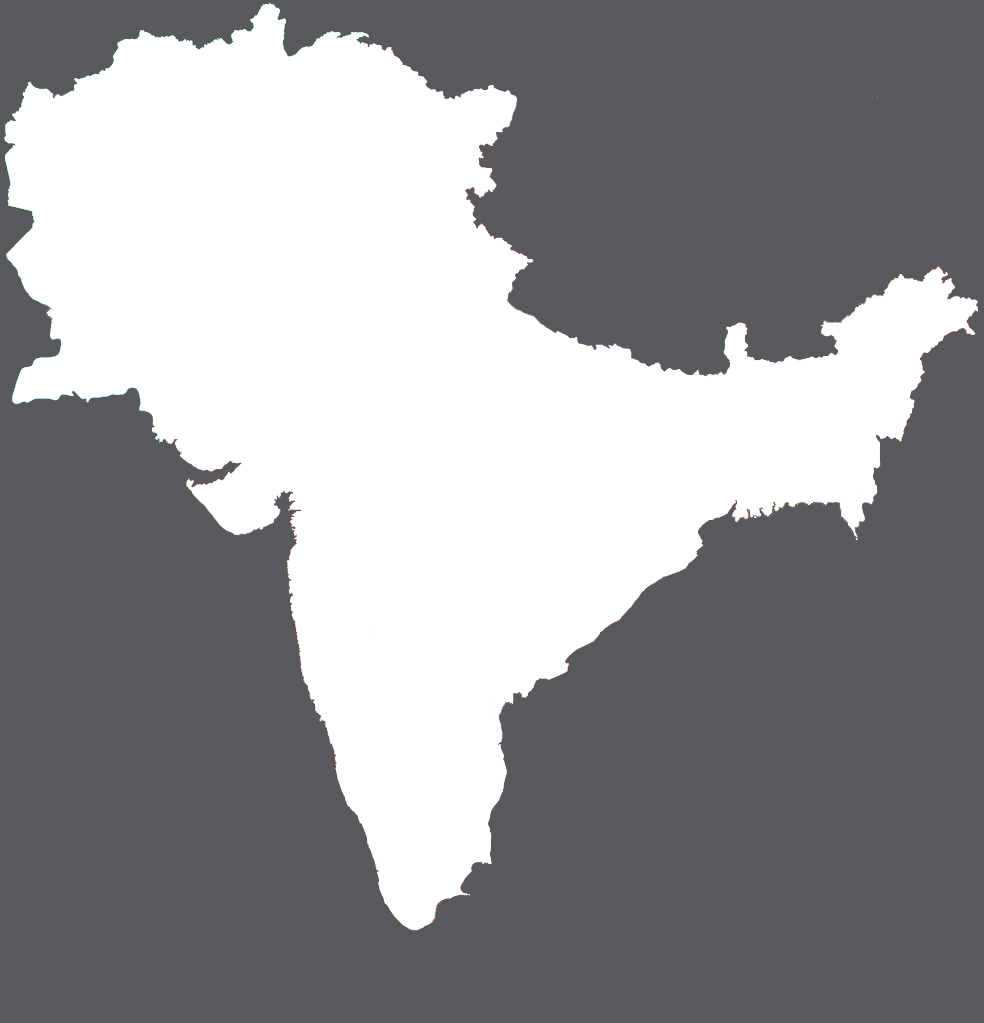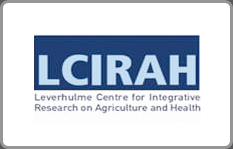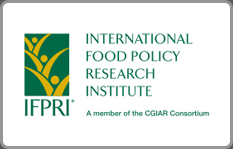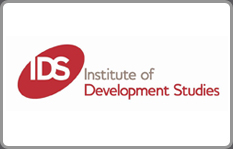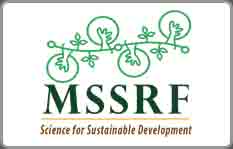“WE STRUGGLE WITH THE EARTH EVERYDAY”: PARENTS’ PERSPECTIVES ON THE CAPABILITIES FOR HEALTHY CHILD GROWTH IN HAOR REGION OF BANGLADESH
Background: Childhood stunting is an important public health problem in the haor region of Bangladesh. Haor areas are located in the north-eastern part of the country and are vulnerable to seasonal flooding. The key objective of this study is to identify the capabilities of the parents and their children that shape multidimensional child growth outcomes in the haor region in the first thousand days of life. Methods: A qualitative study was conducted in two sub-districts of the haor region, including in Derai in the Sunamganj district and Baniachang in the Habiganj district.
Gendered Time, Seasonality, and Nutrition: Insights from Two Indian Districts
Some of the key pathways linking agriculture and nutrition run through women’s work, yet the evidence on these links are weak. Using time-use data from two Indian districts, this paper seeks to fill this gap. In principle, women’s agricultural work could have positive and negative implications for nutrition, through increased control over incomes or intensifying work burdens. The emerging evidence points to the nuanced ways in which social identity, seasonality, and context mediate women’s work in agriculture and consequently food intakes and feeding practices.
Buy or make? Agricultural production diversity, markets and dietary diversity in Afghanistan
Increasing on-farm production diversity and improving markets are recognized as ways to improve the dietary diversity of smallholders. Using instrumental variable methods to account for endogeneity, we study the interplay of production diversity, markets and diets in the context of seasonality in Afghanistan. We confirm an important seasonal dimension to the interplay. Improved crop diversity over the year is positively associated with dietary diversity in the regular season, but not in the lean season.

